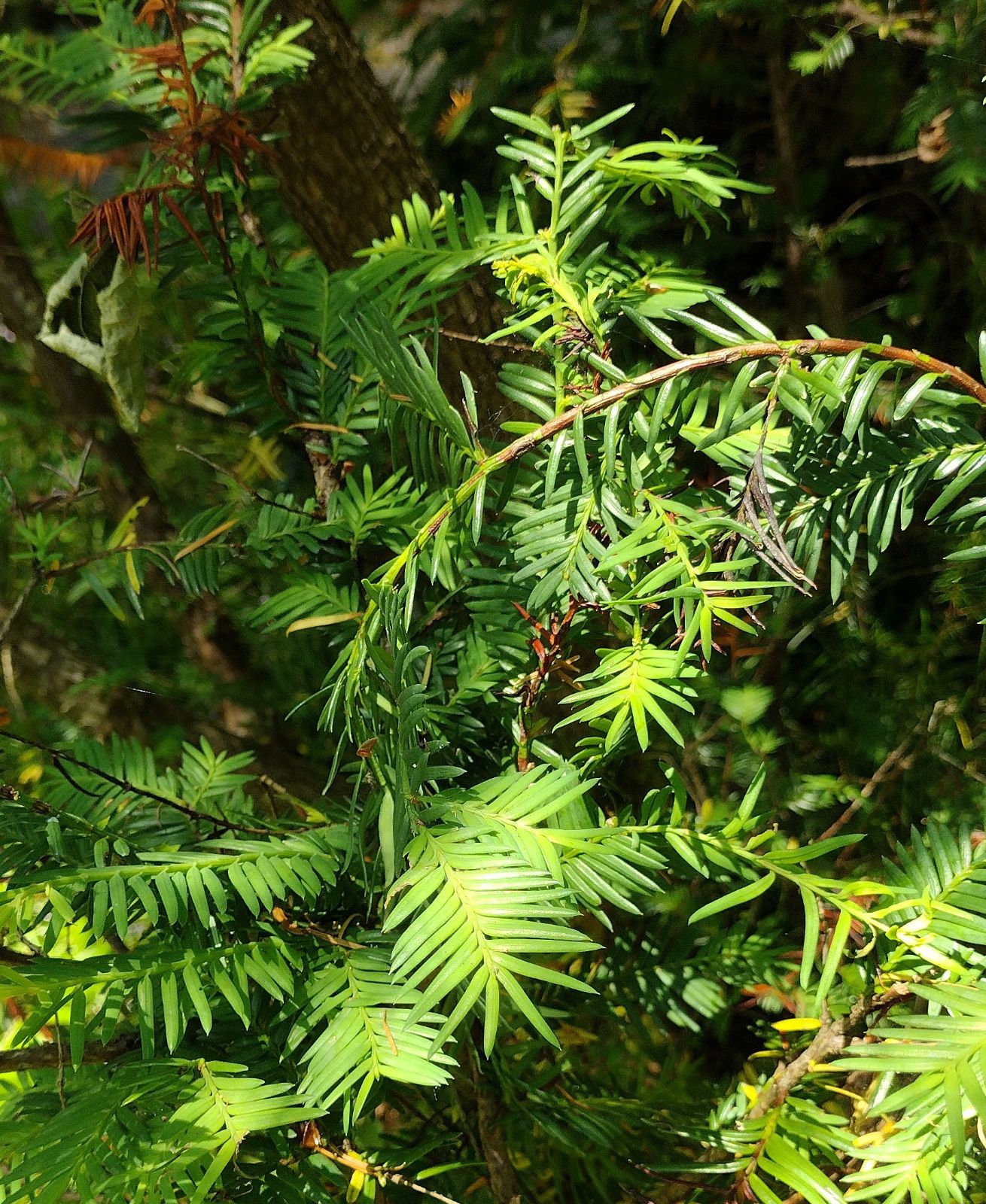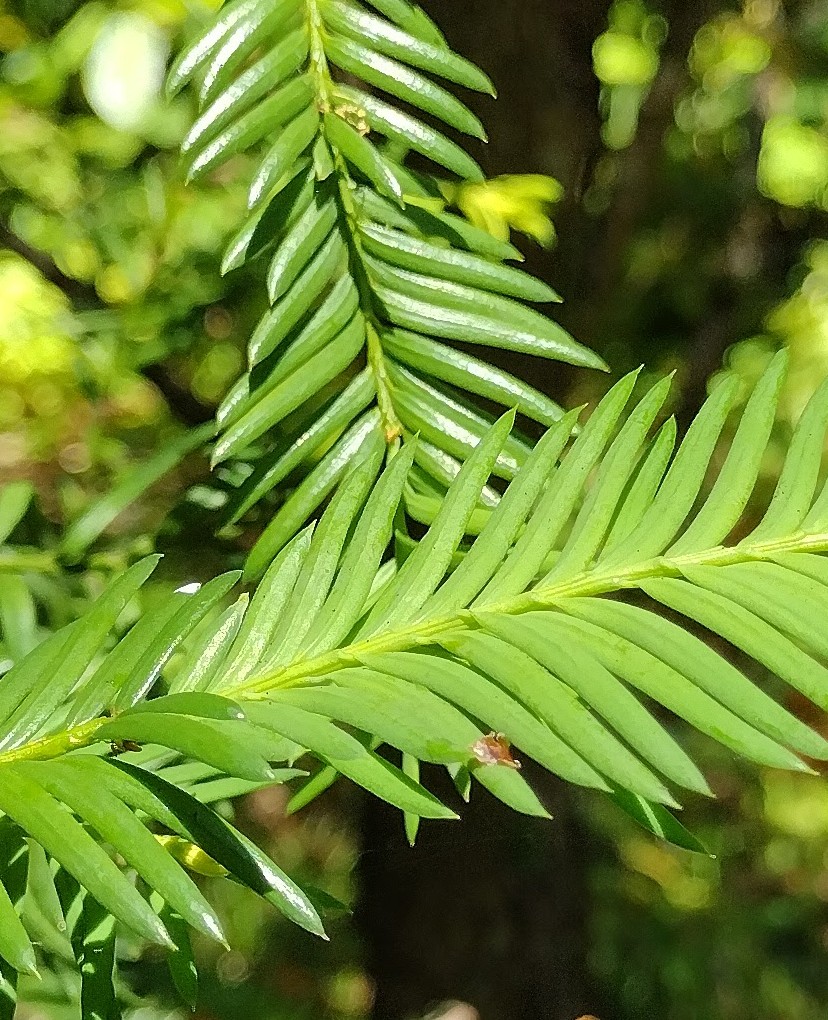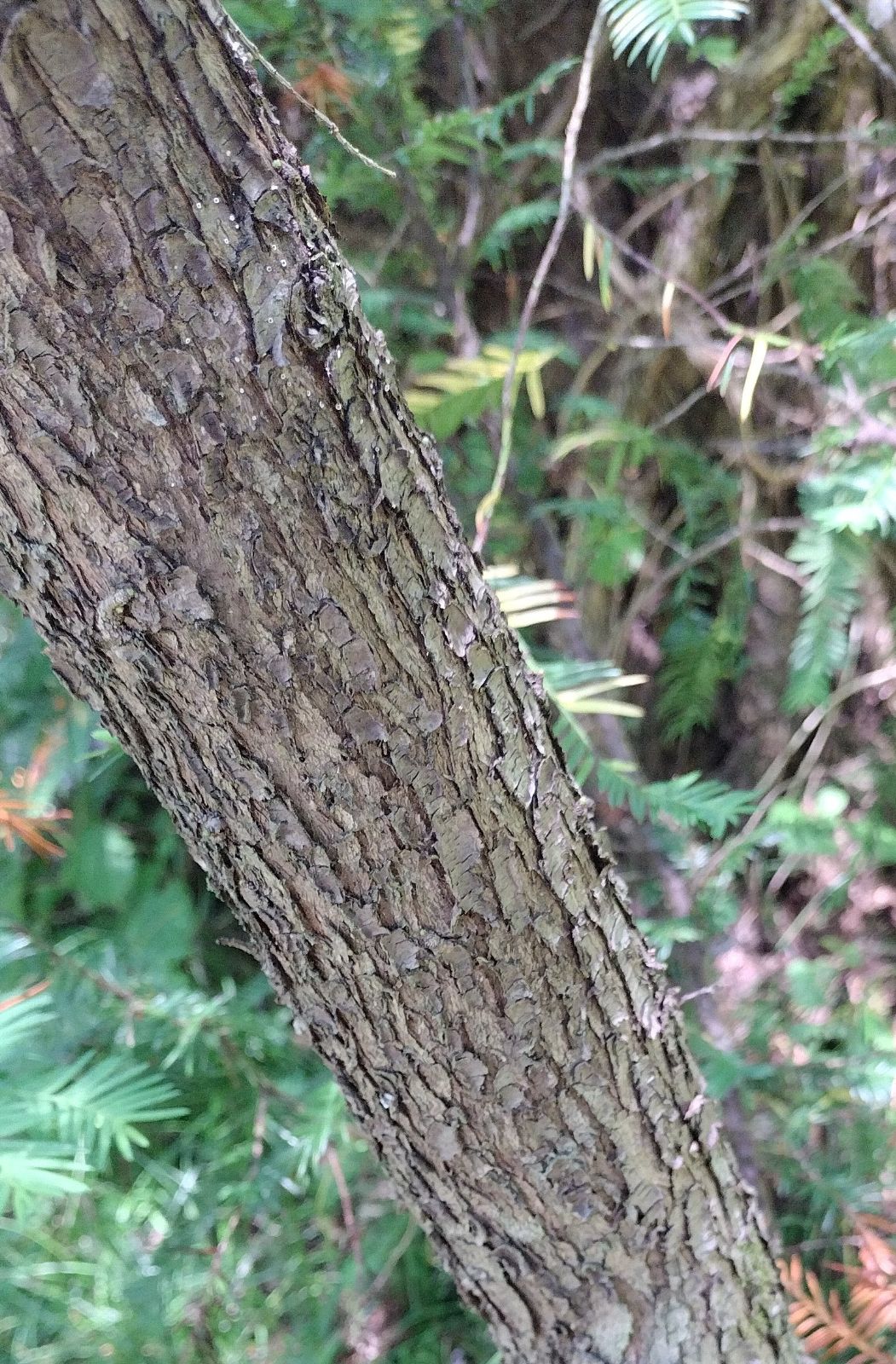Taxus globosa
Sponsor
Kindly sponsored by
This genus has been sponsored and new text is being prepared.
Credits
Article from New Trees by John Grimshaw & Ross Bayton
Recommended citation
'Taxus globosa' from the website Trees and Shrubs Online (treesandshrubsonline.
Genus
Common Names
- Mexican Yew
Distribution GUATEMALA; MEXICO: Hidalgo, Nuevo León, Oaxaca, Querétaro, San Luis Potosí, Tamaulipas, Veracruz. Habitat Humid canyons and montane, pine or fir forest, between 1000 and 2850 m asl. USDA Hardiness Zone 8. Conservation status Lower Risk/Near Threatened. Cross-reference K291.
In their review of the natural history and chemical compounds of Taxus globosa, Shemluck et al. (2003) rehearse the usual difficulties associated with identifying yews, but report that of the New World species, T. globosa is most similar to T. floridana. This species pair, though widely disjunct, share similarly soft-textured, tapered leaves, of comparable length and width (20–30 mm long or more, 1.5–2 mm wide), each tipped with an apiculus, though the mucro is better defined in T. floridana than in T. globosa. The undersides of the leaves of T. globosa are more or less uniform in colour, with two dark green marginal lines, and are matt between the veins, whereas in T. floridana they are glossier. On average there are six to eight stomatal lines in T. floridana and eight to nine in T. globosa. Shemluck and his co-authors also note that the aril of T. globosa is fatter and rounder than in any other yew, sometimes having a truncated distal end. In general, T. globosa has the highest taxol levels of any species investigated, including T. brevifolia, and it is suggested that plantation culture of selected clones could be a viable source of revenue.
Taxus globosa has been collected in Mexico on several occasions by American groups, with participants including Eduardo Estrada, Rob Nicholson and Melvin Shemluck with John Fairey and Carl Schoenfeld, and also by private expeditions, with the result that it is well established in cultivation in the United States and has a slender presence in Europe. It is commercially available from several West Coast nurseries and was described by Dan Hinkley (Heronswood Nursery catalogues, 1999 onwards) as forming ‘dense rotund masses’ of dark green foliage with a ‘hint of blue-green’, but whether it has advantages over any other yew remains to be seen. It is certainly not adapted to dry conditions, growing in moist forests in the wild.



